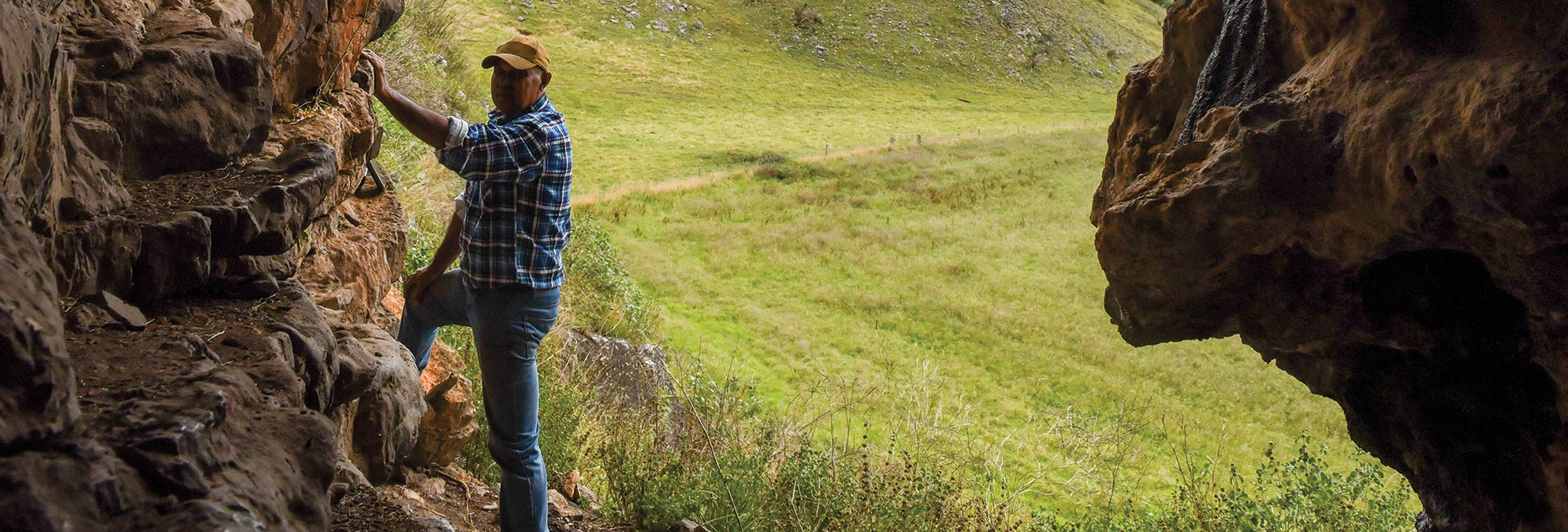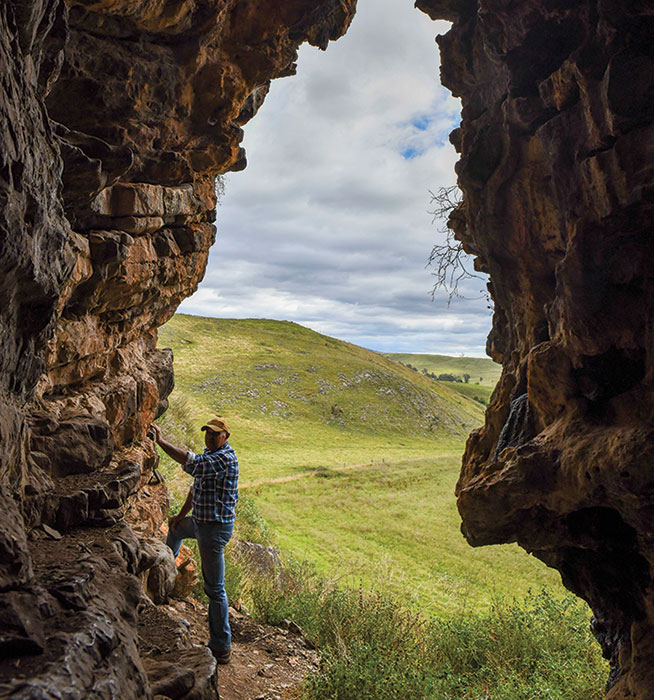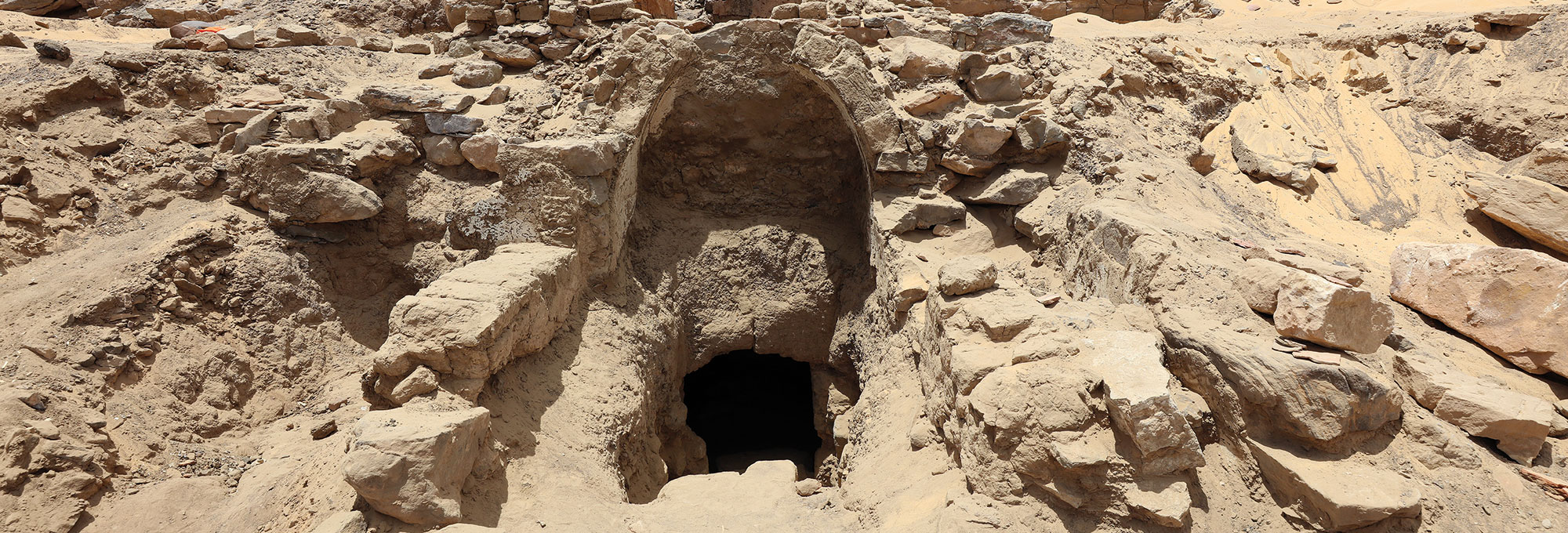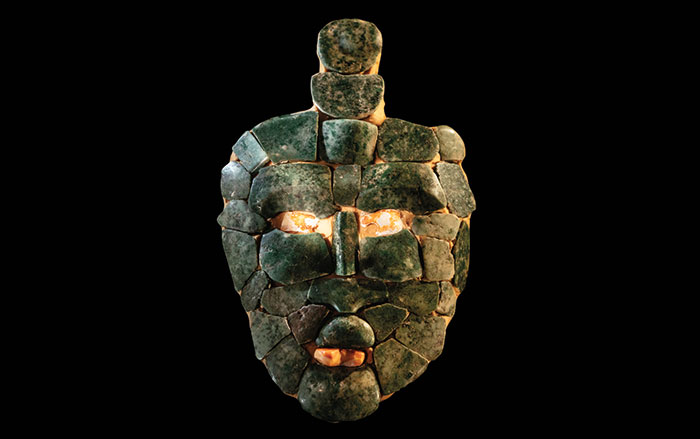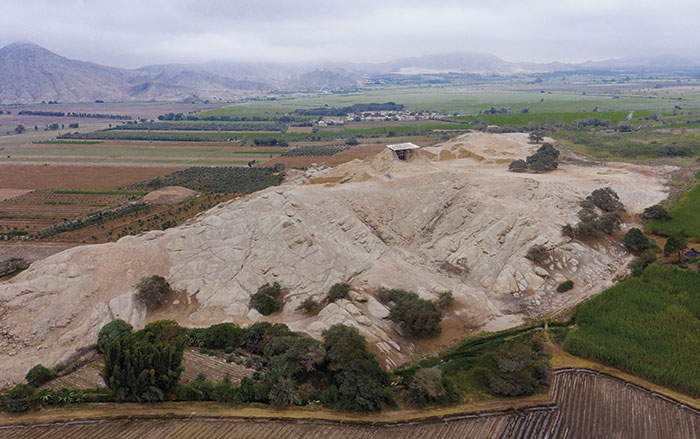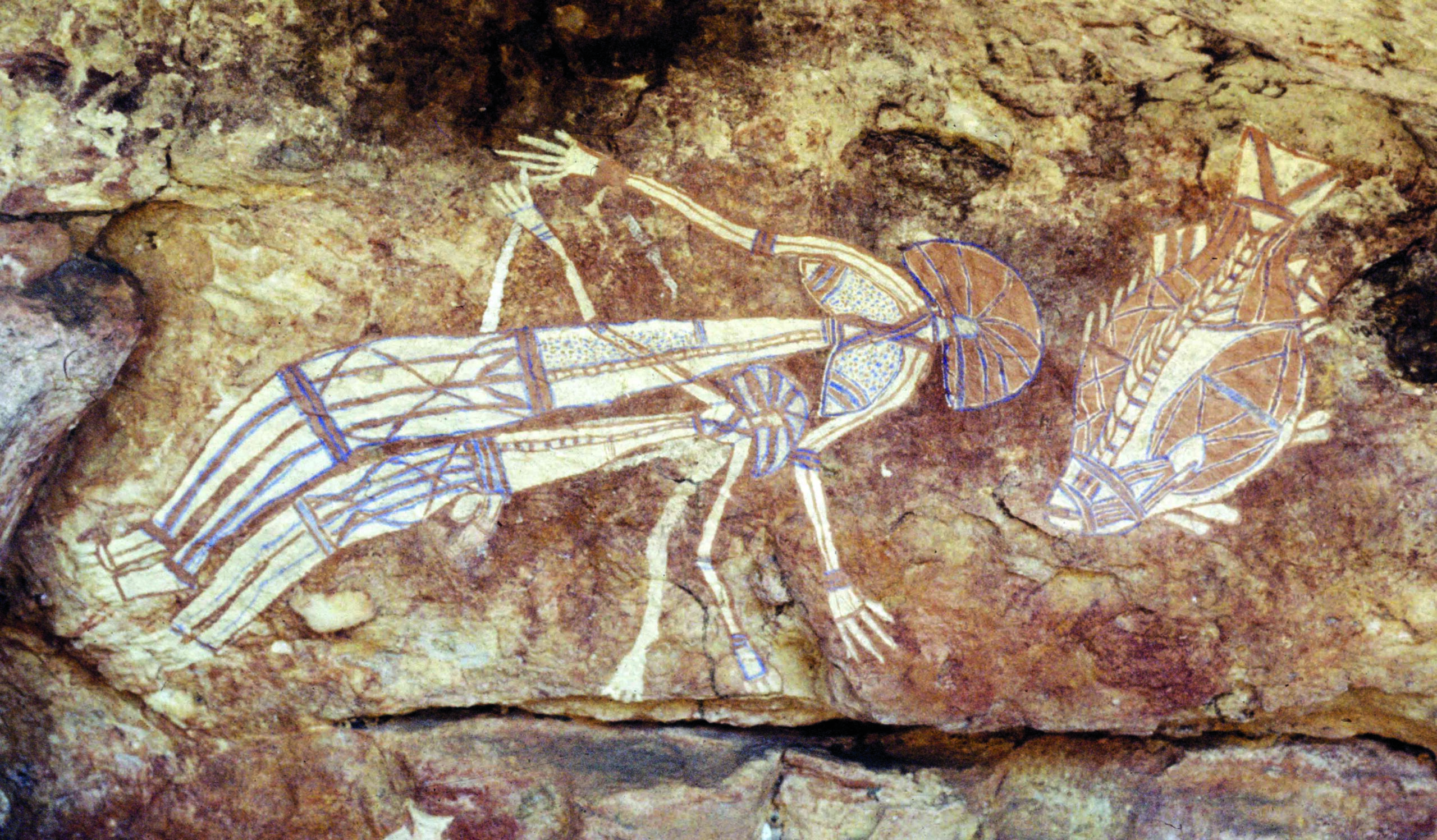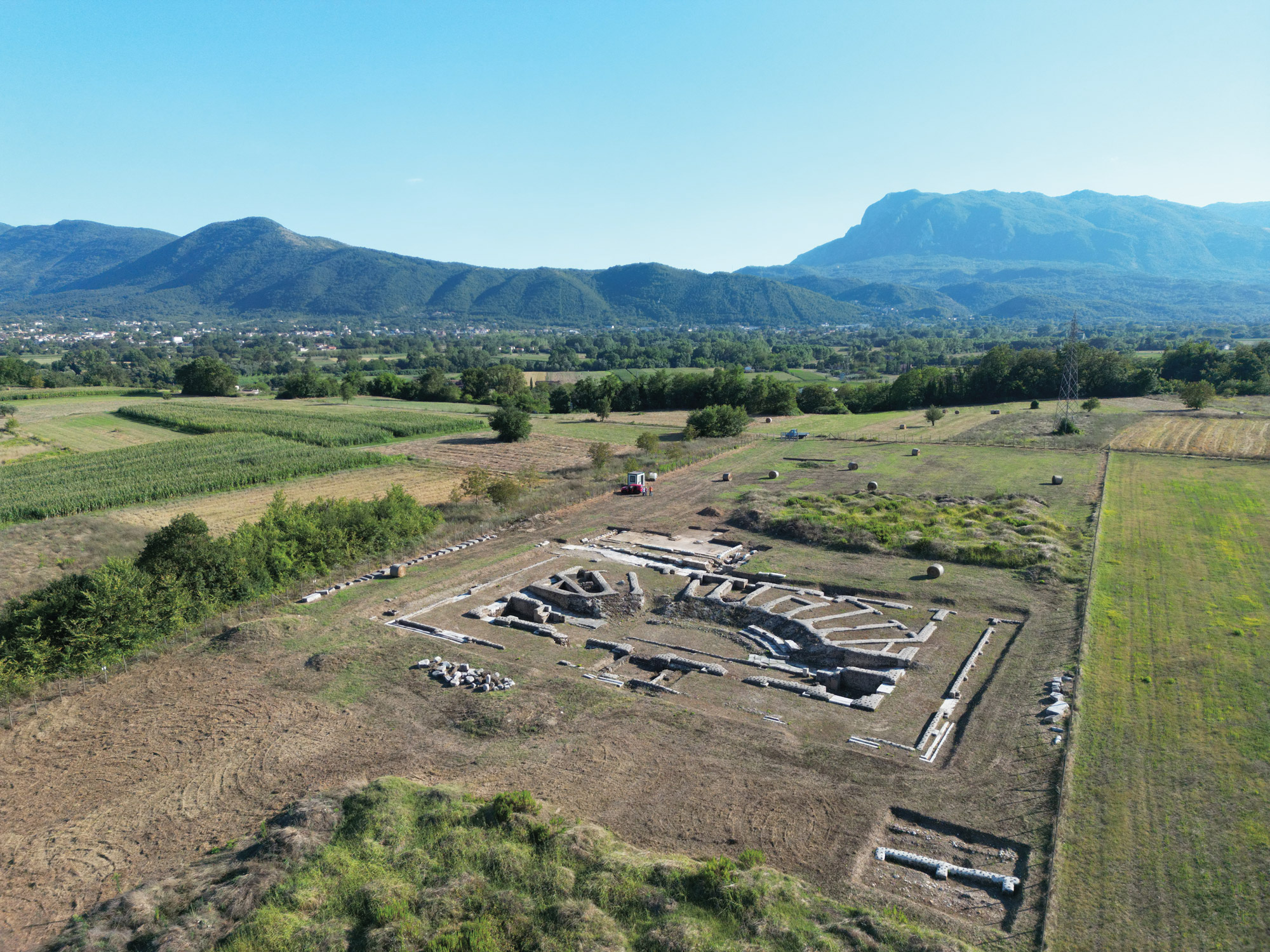
Researchers have discovered that a pair of seemingly unremarkable sticks unearthed in Australia’s Cloggs Cave were used more than 10,000 years ago to cast spells that were central to the world’s longest continuously practiced ritual. Excavations were first carried out in the cave in the 1970s, and archaeologists were convinced that it was inhabited intermittently by Aboriginal hunters beginning some 23,000 years ago. But the interpretation of the cave as an occasional campsite never sat well with the local GunaiKurnai people, who believe their ancestors used it as a sacred retreat for rituals practiced by medicine men and women known as mulla-mullung, not simply as a dwelling. In recent years, GunaiKurnai Elders requested that archaeologists return to Cloggs Cave and collaborate with them to conduct new excavations informed by their traditional knowledge. A team led by GunaiKurnai Elder Russell Mullett and archaeologist Bruno David of Monash University discovered two miniature fireplaces deep in the cave that each held lightly burned, trimmed sticks covered with animal fat—evidence of a ritual practice dating back at least 12,000 years.

Nineteenth-century accounts note that, in order to cure—or curse—someone, a GunaiKurnai mulla-mullung would insert a stick smeared with kangaroo fat at an angle into a small fireplace. They would then sing the target’s name for as long as it took the stick to fall on its side, at which point the spell would take effect. Radiocarbon dating of the sticks and charcoal from the two miniature hearths in Cloggs Cave showed that one fireplace was used around 12,000 years ago and the other some 10,000 years ago. The arrangement of both the hearths and sticks perfectly matches ethnographic descriptions of the GunaiKurnai ritual, suggesting that mulla-mullung passed down knowledge of the rite over some 500 generations, making it the only Ice Age ritual known to have survived unchanged into the modern era.



